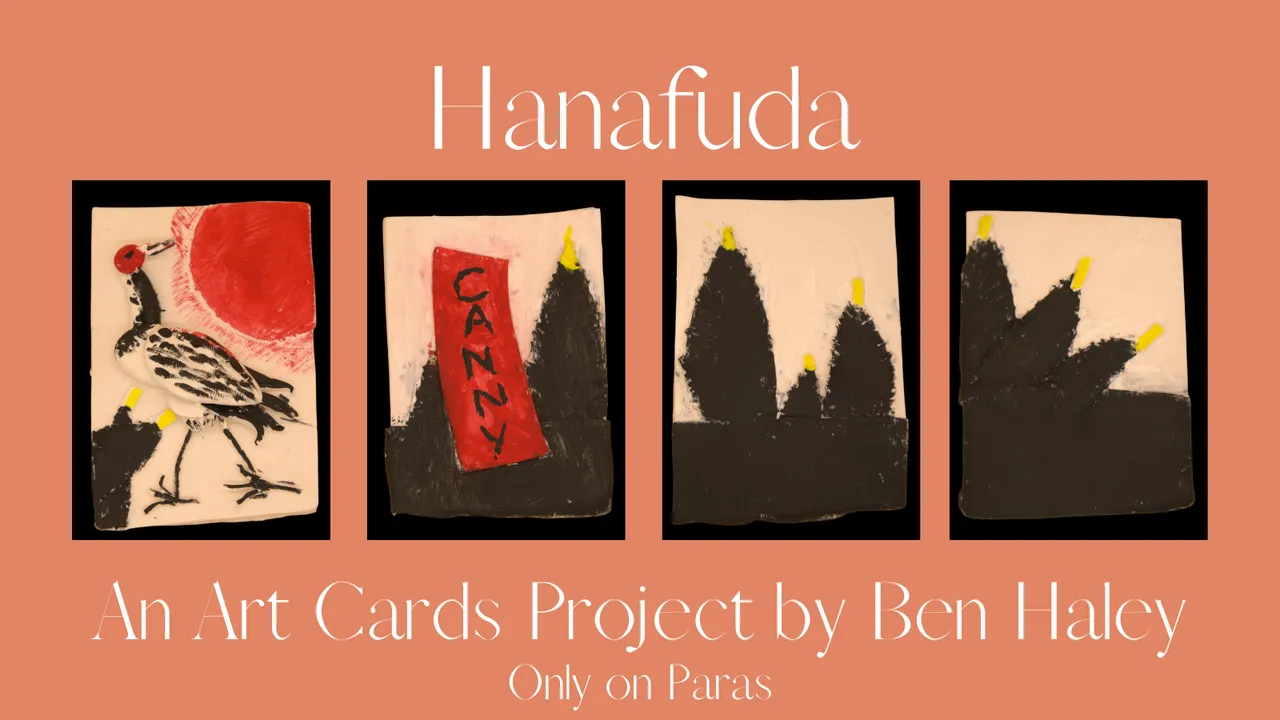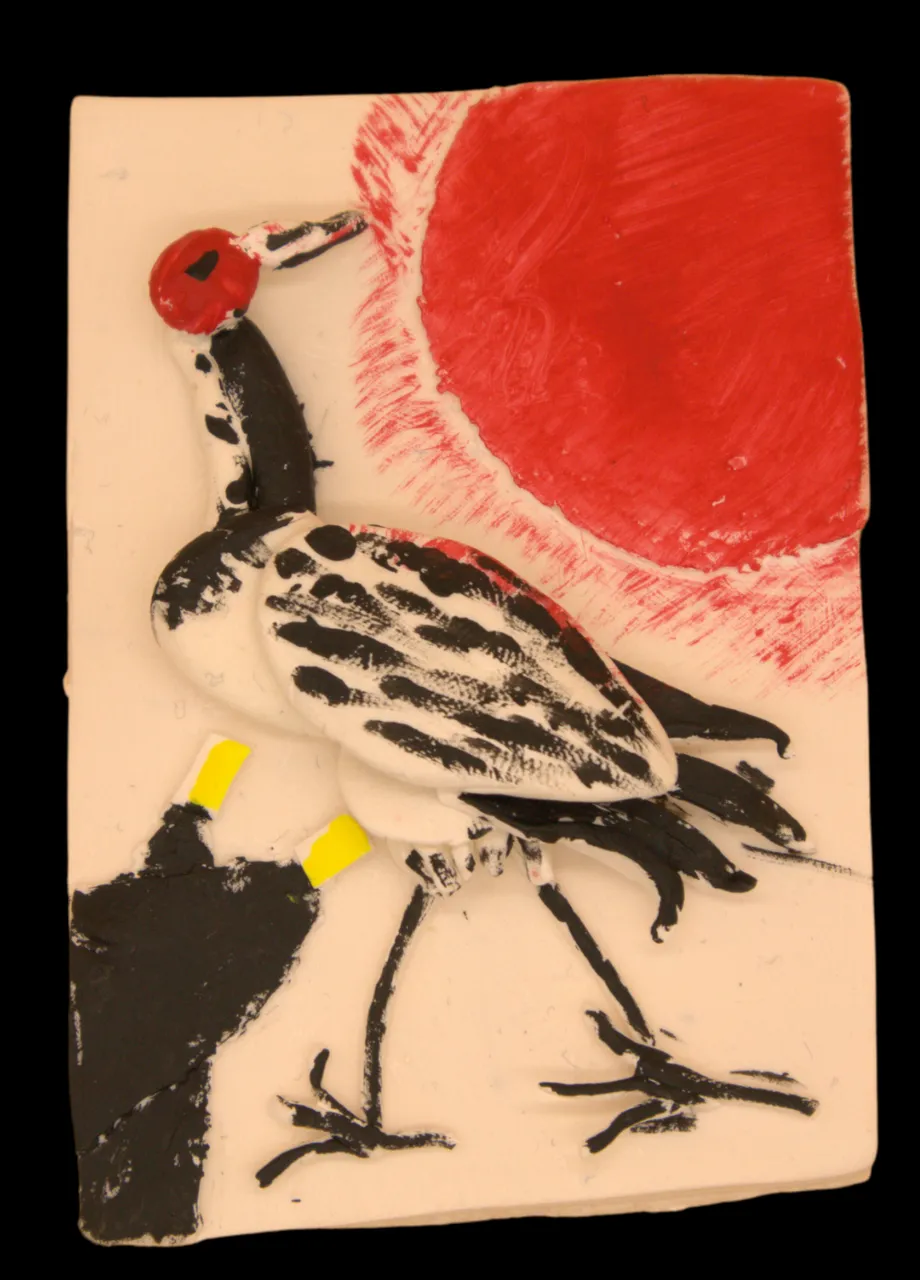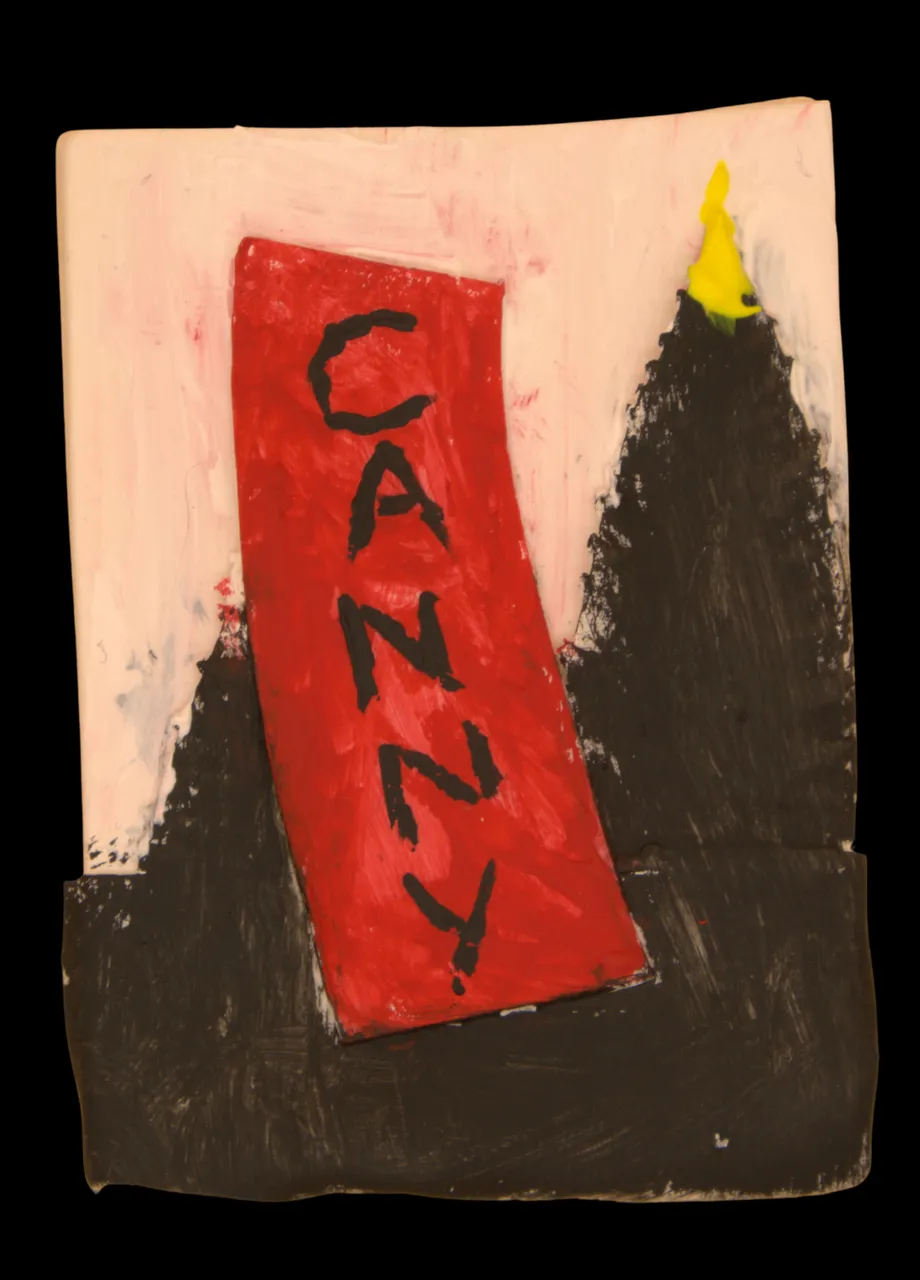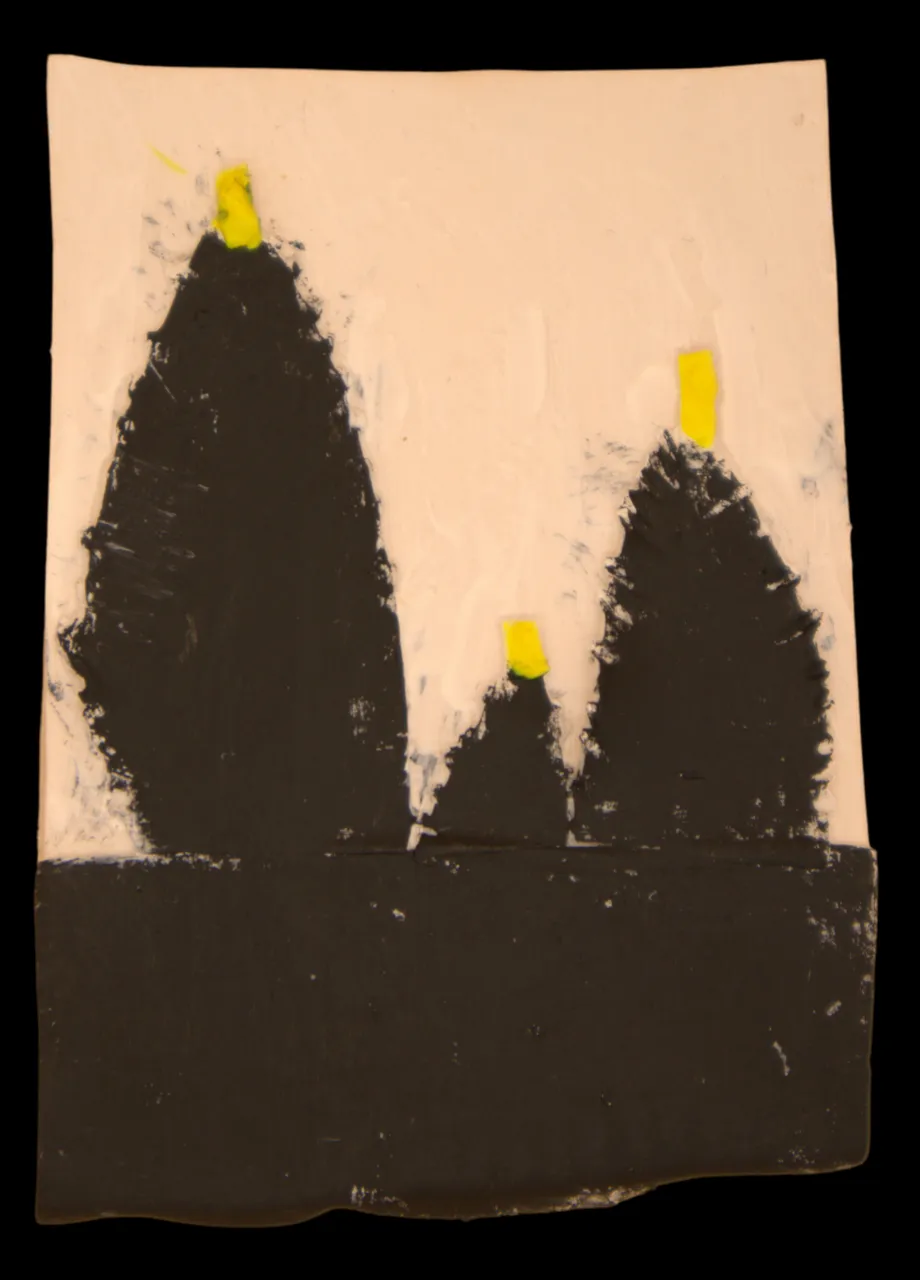Think about Japan like a hotpot. You take what's available, heat it up, and enjoy it with friends. That's why Japan has such a distinctive culture- and is one that's so open out sharing it with everyone else. If I had to pick one thing that explains this best, it's Hanafuda.

Hanafuda are a traditional set of Japanese cards. Translating to "Flower Cards", each suit represents a different month, for a total of 48 cards.
These come in 4 groups in different numbers:
- 5 Hikari ("Light" cards), worth 20 points
- 9 Tane ("Animal cards), worth 10 points
- 10 Tanzaku ("Ribbon" cards), worth 5 points
- 24 Kasu ("Plain" cards), worth 1 point
What makes them so interesting to me is that they're a product of Portuguese culture- introduced to Japan through sea commerce throughout the 16th century. Because Hanafuda are so old, you would be mistaken in thinking they were invented by the Japanese! But I think that's what I like about them the most- they are a cultural icon of Japan and utterly beautiful as an art object.
I find it utterly charming that cards are suited with flowers, and the asymmetry in each set of cards. Ever since I was introduced to them, first through researching the history of Nintendo, and then again through the Yakuza series of games, I fell in love.
So, I had to make an art project, didn't I? And where better to put them than the premier art cards platform of our time, Paras?
For those who know much about my work, I love expressive, amorphous shapes in my work. Indeed, even if something could just be easily cut in a perfect shape, I will simply avoid doing so. Likewise, when I paint, I will paint in a way that makes me feel happy. For this project, this resulted in such great moments as me painting white polymer clay white! How else could I get the textures I wanted?
Speaking of the textures, I wanted to find a way to get that printed effect that can only come from Japanese woodblock printing. To get that same feeling, all the acrylic paint on the piece is dry brushed on using watercolour paintbrushes. In any watercolour you never see or feel the texture of the brushes used, and I wanted to give those brushes a chance to be used in a way you can see them.
To get that "aged" affect to the cards, I photographed them using an orange background. This allowed the light to reflect onto the cards and colour the white areas slightly. I really like how this has turned out!
Like all my projects, this one too comes with it's own experiment in pricing. In this case, it's all about points in gambling. In the game koi-koi, a game played with Hanafuda, you work to create sets of cards. And this game is frantic- similar speed to Mahjong, but played 1v1. The whole time you are playing, you are desperate to get the cards you need and call out "come, come"! Brilliant game.
To make you feel the same way, each card is priced in NEAR to it's point total, and then given additions so the total value of the cards is 20. For example, Hikari cards are 1/1's- they're already worth 20 points! But Kasu are 1/20, as you'd need 20 of them to make up 20 points! This means folks can easily grab up as many Kasu as they want, but those cards that you'd be desperate for will feel as rare as they are in the game.
I will be dropping the cards in each suit monthly. Which is dead convenient, as each suit is made for each month! I've already released January's cards, and February's will be launched in approximately 2 weeks. After that, I aim to release each month at the start of the month.
Let's look at January's drop:
Hanafuda January Hikari - Crane and Sun
I had a lot of fun making this card! There's a lot of small details, such as the legs, which was really fiddly! With larger pieces you can increase the detail in the model and shrink it down later, but I deliberately try and model to the approximate size of the item I want to make. I think this has really helped this piece, because I think an overly detailed wing would have thrown off the whole feeling of the card. I minimised the Pine on this card, as I felt that it would have made it a touch too crowded.

Hanafuda January Tanzaku - "Obviously Good"
I like to sneak nods back into my upbringing across my work. Sometimes they're really hidden, but in this case I felt that it made sense to make it the focus. Instead of including the usual phrase on this tanzaku, "あかよろし". I don't speak Japanese, but from what I gathered, it's a contraction of the phrase "Obviously Good". For a mackem, such as myself, I'd rather just say canny. I take a lot of my language from my nana (rest in piece), as she used to play Scrabble with me constantly. My top score in Scrabble is 321 points!

Hanafuda January Kasu - 1 & 2
The Kasu cards were always going to be the difficult ones in this piece. By nature of the story I want to tell with this work, the worst thing I could do is make them too interesting. I mean they're literally described as chaff! But, it works really well for folks to pick up one of my pieces at an incredible, nay ridiculously low price. Unlike the Tanzaku, as these are the only element, I tried to spin them out into be at least a bit more interesting- hence the more interesting organisation of the pine plants.


Well. thank you for reading all about them! If you would like to pick up one of the remaining Tanzaku, or even a few Kasu- please do! I'm doing my best to build an art practice here, and it's your patronage that makes the difference. If you're reading this on Cent, maybe consider seeding me! Or, if you're over on Hive- donate or delegate some HP. I do art commissions too- so don't be afraid to DM me on Twitter @benhaleymade and we'll hash something out! Because everybody needs a sculpture to sit on their desk and lord over the clutter. Obviously.